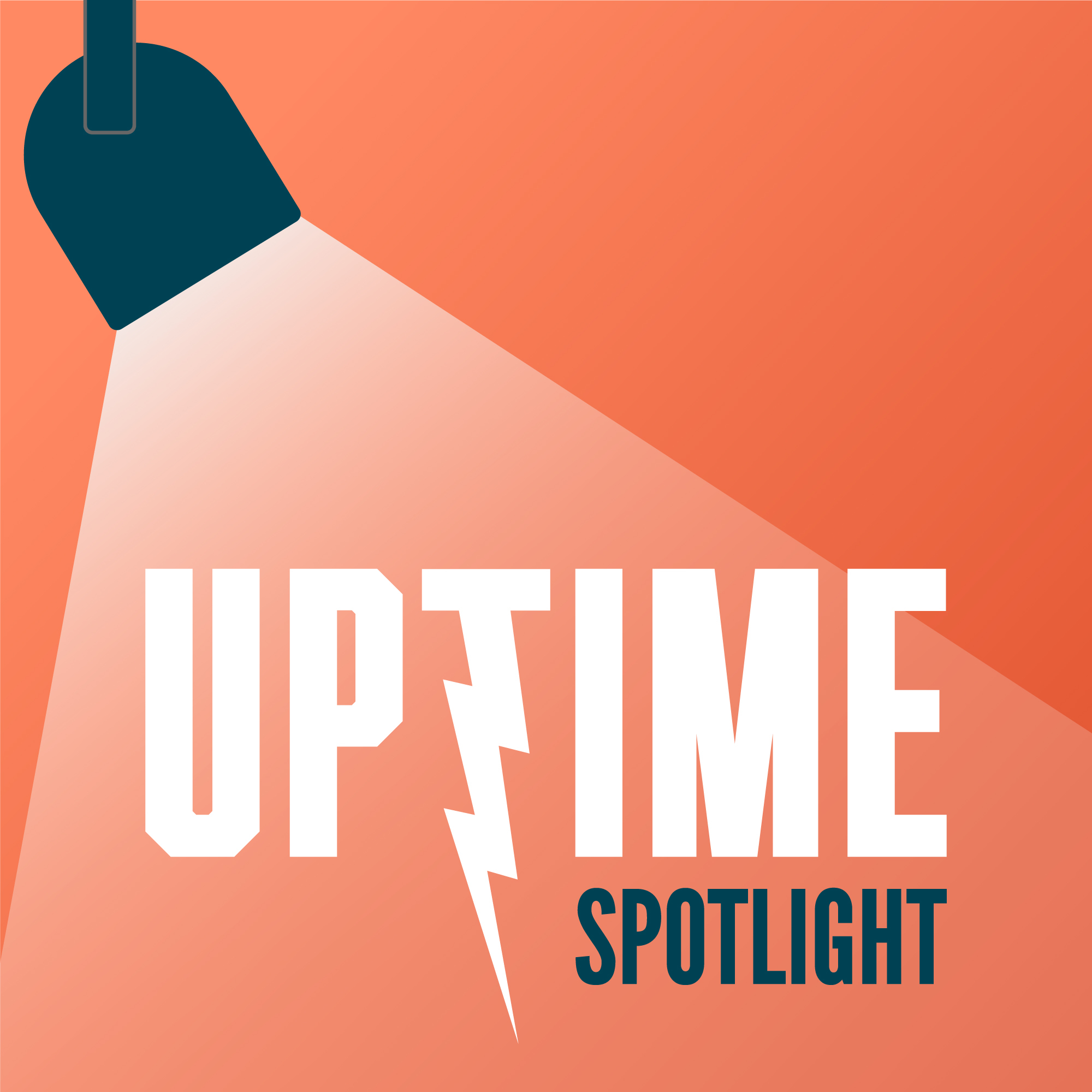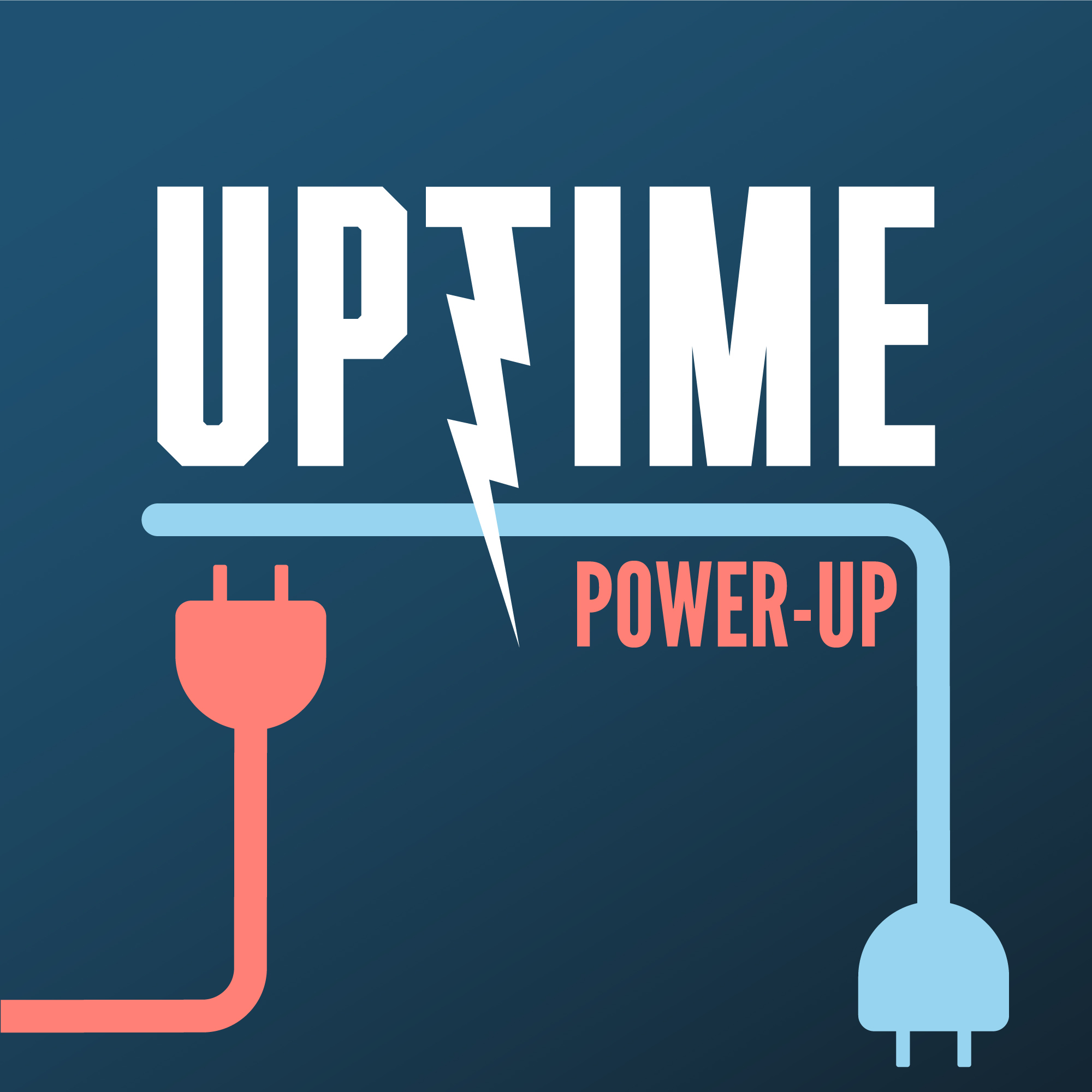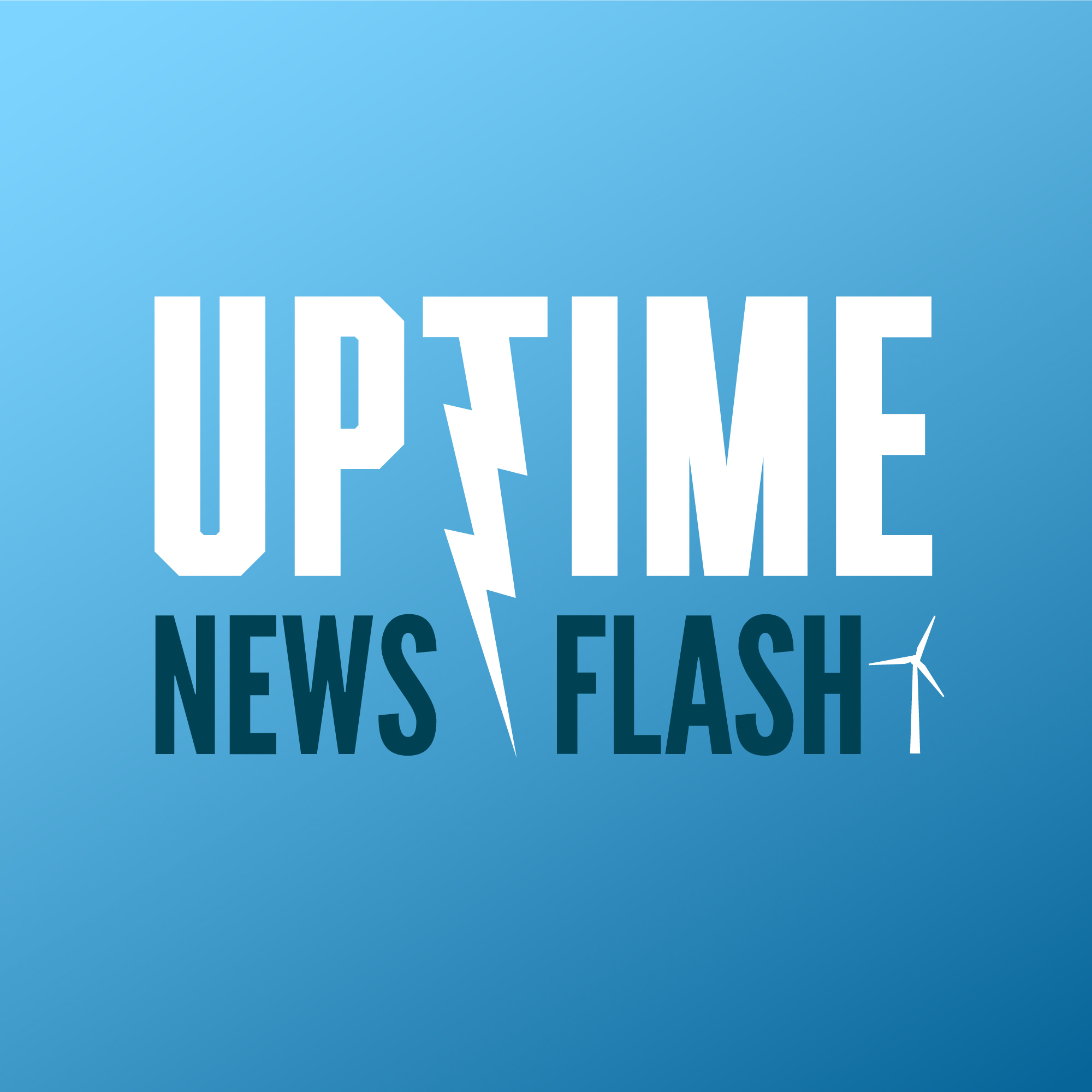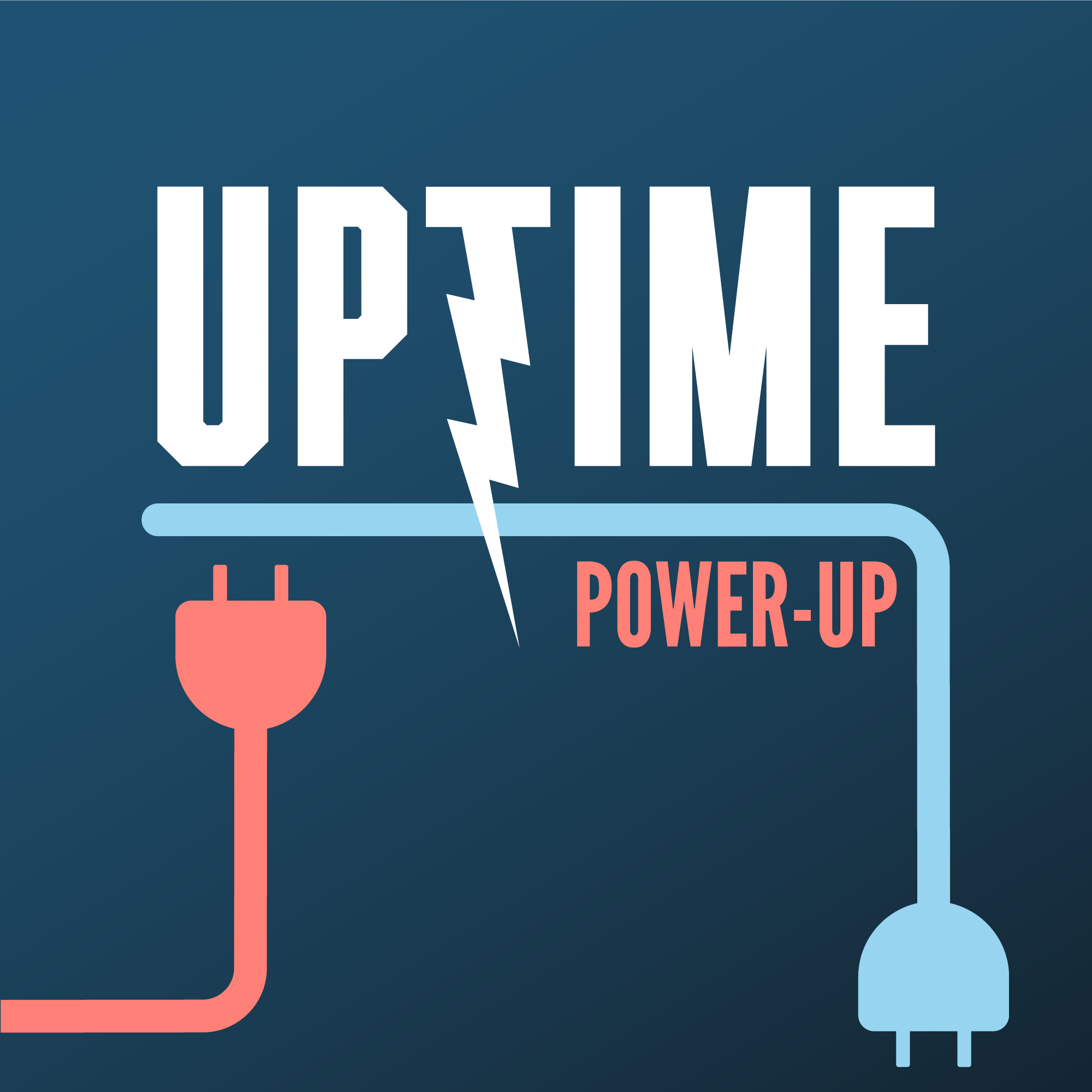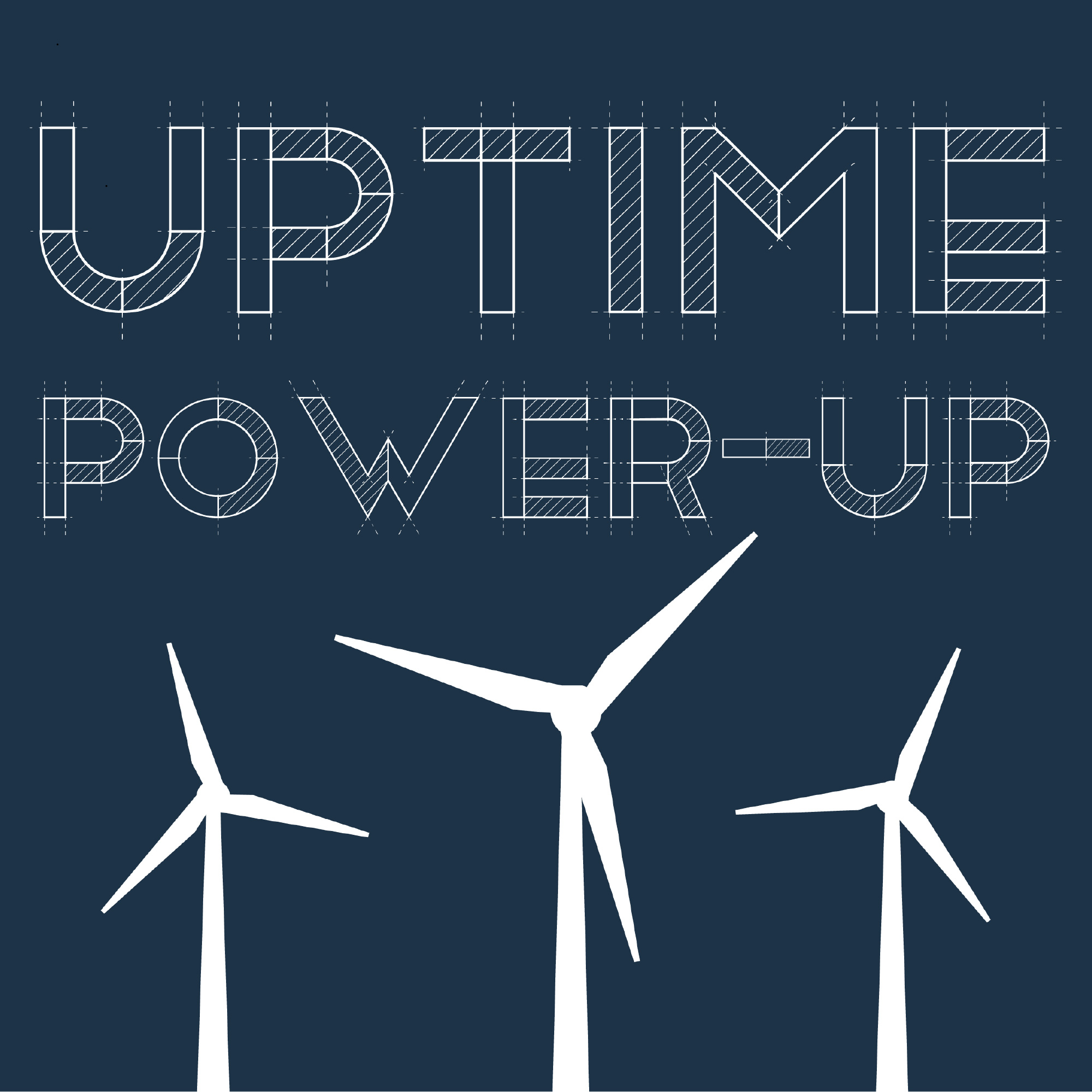Why Are Australian Wind Farms Losing Money?
Description
In this episode, Allen, Joel, Phil and Rosemary analyze why 38% of Australian wind farms are struggling with profitability despite stable PPAs. They explore how solar saturation, coal plant inflexibility, and maintenance contract structures impact returns. Plus, the team examines BlueFloat Energy’s withdrawal from New Zealand and what recent auction results in Maine reveal about the broader challenges facing floating offshore wind development.
Sign up now for Uptime Tech News, our weekly email update on all things wind technology. This episode is sponsored by Weather Guard Lightning Tech. Learn more about Weather Guard’s StrikeTape Wind Turbine LPS retrofit. Follow the show on Facebook, YouTube, Twitter, Linkedin and visit Weather Guard on the web. And subscribe to Rosemary Barnes’ YouTube channel here. Have a question we can answer on the show? Email us!
Pardalote Consulting – https://www.pardaloteconsulting.com
Weather Guard Lightning Tech – www.weatherguardwind.com
Intelstor – https://www.intelstor.com
Wind Energy O&M Australia Conference – https://www.windaustralia.com
Allen Hall: It is almost fall. I guess it is fall.
Joel Saxum: It’s almost November.
Allen Hall: I was just outside today. It was like 70 degrees outside. It felt like the end of summer, not the beginning of fall. But we’re almost in winter. We got another month or two before we hit the official start of winter, which means all the bears up in my area are starting to thinking about hibernating.
But in the meantime, they’re usually pretty hungry, trying to fatten up before the winter really hits. And This causes a lot of problems if you’re around bears, and a lady in Montana had a problem where she went out to work in her pickup truck early in the morning and realized that it had been all torn apart by a black bear, of all things, which is the thing that I worry about the most around here.
At this time of year, when you’re bringing in things from the house, and a bear shows up and says, Oh, there’s groceries in the car, hops in, and then panics, which is what happened to this lady. The bear panics and just destroys the vehicle. And this has happened very close to us, actually. And not that long ago, it was this summer, where bears were walking in our driveway, walked right by my wife, she didn’t even know it was there.
So it’s serious that don’t leave your car doors open. That’s the one thing I remember in the fall. Don’t leave your car doors open for any length of time. Otherwise, when you go back, you may have befriended a bear.
Philip Totaro: Allen, I’ve seen videos where they’re opening car doors. So don’t even think about, you can close the door and they’re still gonna get in.
So I don’t know, man. They’re getting sophisticated out there.
Joel Saxum: I’ve got another tip for you from my childhood. You always put your trash out in the morning. Before your kids go to school, before you go to work, put your trash out in the morning on the street. Because if you put your trash out outside of your garage the night before, you’re gonna end up with trash all over the ground and the garbage man won’t pick it up and you, i.
e. me, as a young child, would have to go pick up all of our trash multiple times. So that’s the hot tip.
Allen Hall: It’s either the bears, the raccoons, or the wildcats. Those are the ones you really have to watch out for. Get a cat down in your neighborhood because it can do a lot of damage.
Joel Saxum: You would think that Allen lived in like Northwest territories or something and not in Massachusetts.
Allen Hall: I can walk out my back door and pet deer right now. That’s how close they’re sitting next to the house. Cause it’s hunting season also where I am and all the deer join into town. They’re hanging up. Yeah, there’s, they’re not stupid. Joel, he’s in the Berkshires. This is the wilderness. This is about as wilderness as you can get in Massachusetts.
Welcome to the Uptime Wind Energy Podcast. I’m your host, Allen Hall, and I’ll be joined by my Uptime co host, Chris. After these news headlines. New England’s floating offshore wind sector marked a milestone as their Bureau of Ocean Energy Management selected winning bids totaling 22 million for four lease areas in the Gulf of Maine.
Two lease areas were awarded to Avangrade Renewable for areas approximately 35 miles from Massachusetts, while Invenergy Offshore Wind secured two leases about 25 miles from the coast. The combined areas covering more than 625 square miles At the potential to power over 2. 3 million homes, this marks the first offshore commercial sale for floating offshore wind on the Atlantic coast, supporting the administration’s goal of deploying 30 gigawatts of offshore wind by 2030.
In Texas, Nova Clean Energy has secured interconnection agreements for a 1 gigawatt wind power portfolio. Construction is set to begin in late 2025, with power delivery scheduled for the winter of 2026. These projects located in the Delaware Basin and Central Gulf Coast will include co located battery storage.
International energy giant BP continues its strategic shift away from renewables under new leadership. The company is now considering a minority stake sale in its offshore wind business. which has a project pipeline of nearly 10 gigawatts but no operational farms. This follows BP’s early decision to put its U.
S. onshore wind energy business up for sale, which currently operates nine facilities across seven states with 1. 7 gigawatts of generating capacity. The company has also paused new offshore wind project bidding and plans to reduce its solar exposure through a stake sale. in light source BP, marking a significant pivot in its energy transition strategy.
A startup backed by Breakthrough Energy has secured an additional 4 million in funding for its innovative floating wind platform. Aikido Technologies will launch its pilot project this fall, featuring a design that reduces assembly footprint by 75 percent and enables deployment from 80 percent of U. S.
ports. And a delegation of 19 Dutch wind industry executives met with the Connecticut officials at The State Pier in New London, Connecticut, to explore collaboration opportunities in offshore wind development. The Dutch group, representing expertise from cabling to marine biodiversity, aims to share decades of experience from their domestic market, where wind power supplies up to 50 percent of the country’s electricity.
The meeting coincided with construction at the State Pier, which is serving as the staging area for the Revolution Wind Project. Both sides emphasize the potential for joint research, shared knowledge, and manufacturing partnerships to reduce costs in the offshore wind energy sector. And French energy company Total Energies has announced plans to study A major renewable energy project in Morocco, the Shibika project, could combine one gigawatt of wind and solar capacity to produce green ammonia for export to Europe, potentially creating a significant hydrogen production hub.
That’s this week’s top news stories. After the break, I’ll be joined by my co host, renewable energy expert and founder of Pardalote Consulting. Rosemary Barnes, the CEO and founder of IntelStor, Phil Totaro, and the Chief Commercial Officer of Weather Guard, Joel Saxum. As wind energy professionals, staying informed is crucial, and let’s face it, difficult.
That’s why the Uptime Podcast recommends PES Wind magazine. PES Wind offers a diverse range of in depth articles and expert insights that dive into the most pressing issues facing our energy future. Whether you’re an industry veteran or new to wind, PES Wind has the high quality content you need. Don’t miss out.
Visit PESWind. com today. So if we’ve been following along in Australia, Andrew Forrest’s Squadron Energy has about a 14 gigawatts of a development pipeline and they have announced plans for the Bookham Wind Farm project in New South Wales. That project will be, it looks like 99 turbines, With a capacity of almost 600 megawatts, so six megawatt turbines there.
The project includes battery storage, and it is one of the several products that are happening in Australia at the minute. Now, I did a little bit of research on this project, and one thing, there’s a lot of details about it, but the one thing I could not find is what turbine they were going to install at the site.
I, my first thought, Phil, was it was going to be some Vestas turbines, but it’s pretty quiet. Usually, Vestas will announce that they’ve had a sale in Australia, but they won’t tell you where. You just connect the dots on the amount of power or the number of turbines, and then you can connect it up.
But in this case, you can’t. What are the options here, Phil? And what is likely to happen?
Philip Totaro: They have op


